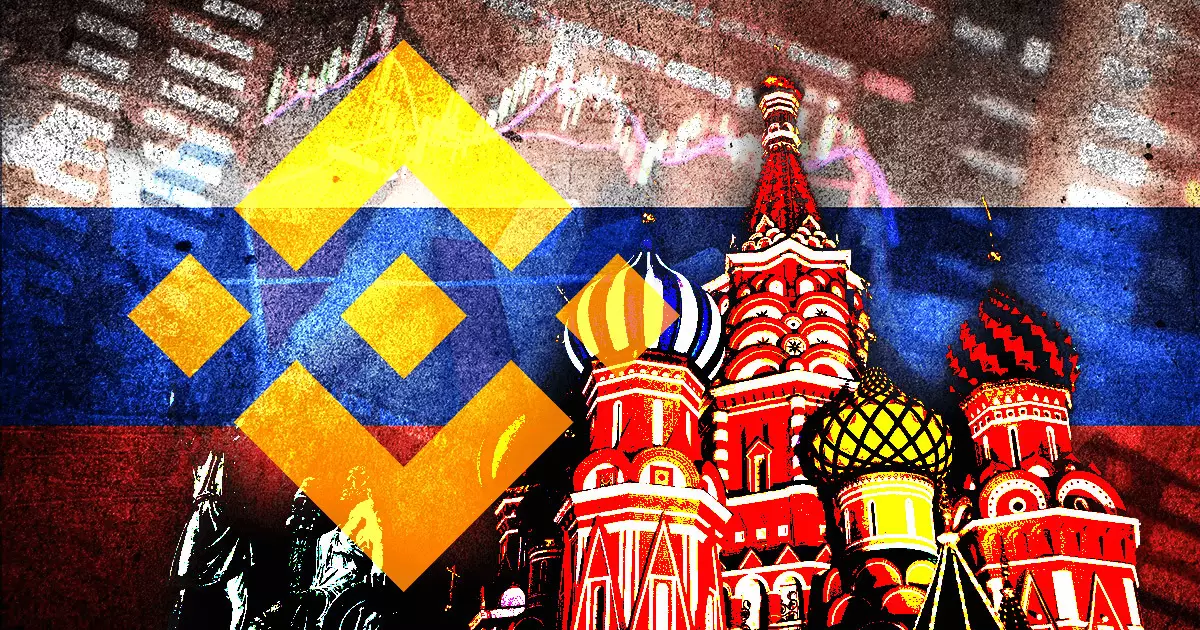Binance, one of the largest cryptocurrency exchanges in the world, has recently taken a significant step in complying with local and global regulatory standards. According to The Wall Street Journal, Binance has removed several sanctioned Russian banks from its peer-to-peer (P2P) trading service. This move comes as the exchange strives to ensure that all payment methods available on its platform align with its compliance policies.
In a statement to The Wall Street Journal, Binance acknowledged the importance of regularly updating its systems to meet regulatory standards. The exchange emphasized its commitment to addressing and rectifying any identified gaps promptly. Binance made it clear that payment methods that do not align with their compliance policies will not be available on their platform. This demonstrates Binance’s determination to uphold regulatory requirements and prioritize the safety of its users.
The report by The Wall Street Journal revealed that five sanctioned Russian banks are no longer accessible on Binance’s P2P crypto trading service. Previously, controversy surrounding these Russian banks had emerged when it was discovered that Binance continued to allow peer-to-peer trading involving these banks. Additionally, Binance volunteers were accused of promoting the absence of Russian trading restrictions on Telegram. The situation further escalated as reports from Russian media indicated that Binance had resorted to renaming certain bank options to conceal their sanctioned status. Notably, the majority state-owned Sberbank and the branchless neobank Tinkoff were presented as “green local card” and “yellow local card,” respectively, matching the banks’ respective logo color schemes.
While the delisting of the sanctioned Russian banks raises concerns, Binance’s P2P exchange still supports several other Russian banks that are either not sanctioned or partially sanctioned. Currently, the P2P exchange offers 16 Russian payment methods, including renowned banks such as Russian Standard Bank, Home Credit Bank, and Raiffeisenbank. In addition to traditional bank transfers, Russian users can also utilize payment processors like Payeer and Advcash for non-bank transfers.
Interestingly, The Wall Street Journal’s latest report suggests that Russian users may still find ways to use the delisted banks by manually inputting their bank details. Although Binance has taken measures to remove the sanctioned banks, it appears that some users have discovered alternative methods to continue their transactions.
Binance’s P2P policies are separate from its main exchange policies, which have also undergone some modifications recently. In April 2022, Binance imposed a €10,000 limit on Russian accounts. However, the exchange lifted this policy in April 2023, demonstrating a more lenient approach toward Russian users.
Binance’s removal of several sanctioned Russian banks from its P2P trading service highlights the exchange’s commitment to complying with local and global regulatory standards. By taking action to ensure that all payment methods align with its compliance policies, Binance aims to maintain a safe and secure trading environment for its users. Despite the ongoing challenges, the P2P exchange continues to support multiple Russian banks that are not affected by sanctions. As Binance further refines its policies and procedures, it remains dedicated to serving the cryptocurrency community while adhering to regulatory requirements.


Leave a Reply